Covent Garden receives *only* £34 per seat subsidy
mainThe Times has published an eyebrows-raising piece on how much tax money each seat receives at the opera.
At Birmingham Opera it’s £173, Opera North £108, ENO £97, Welsh £60.
At the Royal Opera it’s only £34, despite the ROH receiving by far the largest subsidy – £24.8 million, twice that of ENO.
Work that one out.
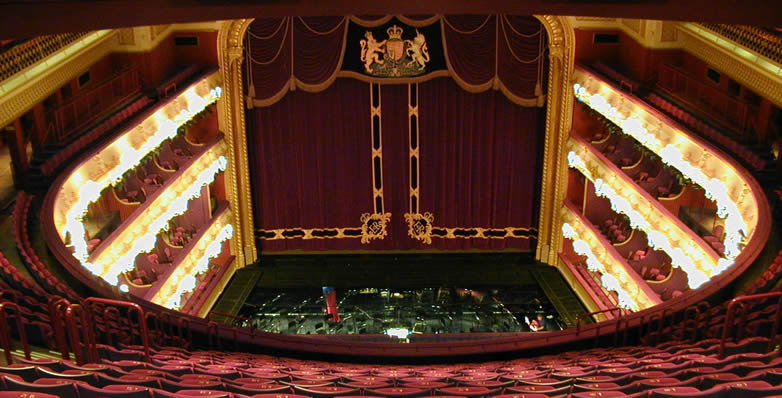
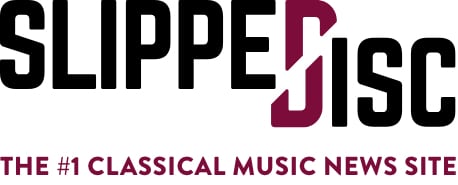
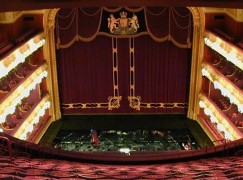
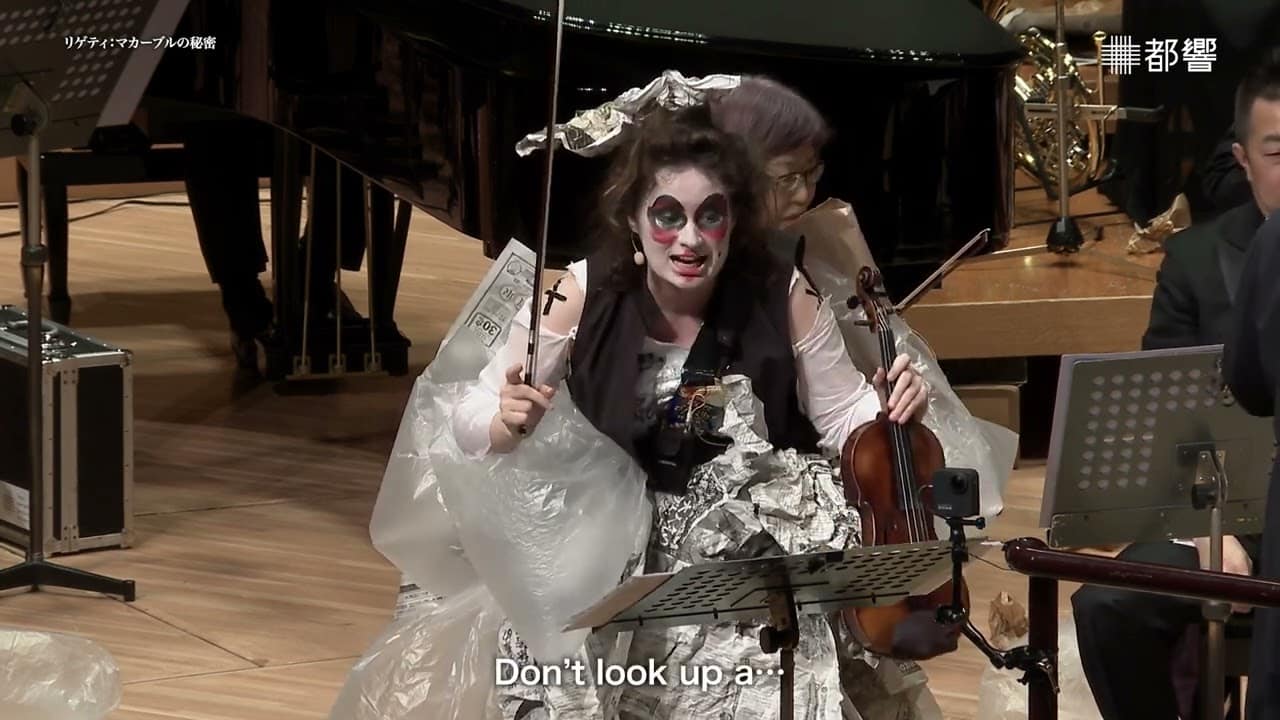
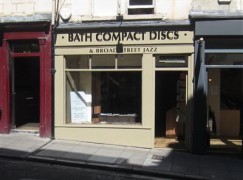
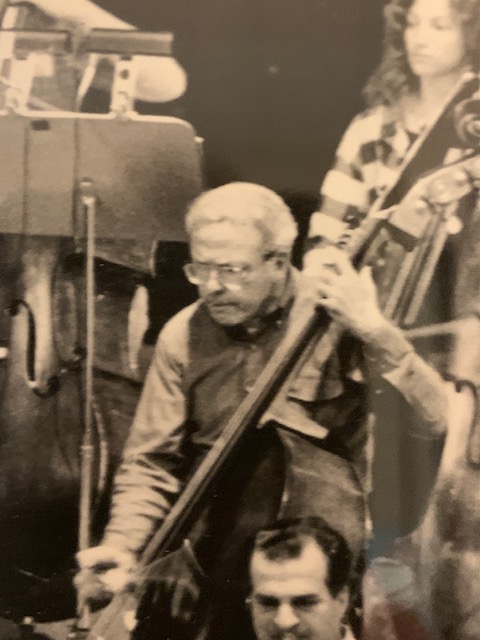
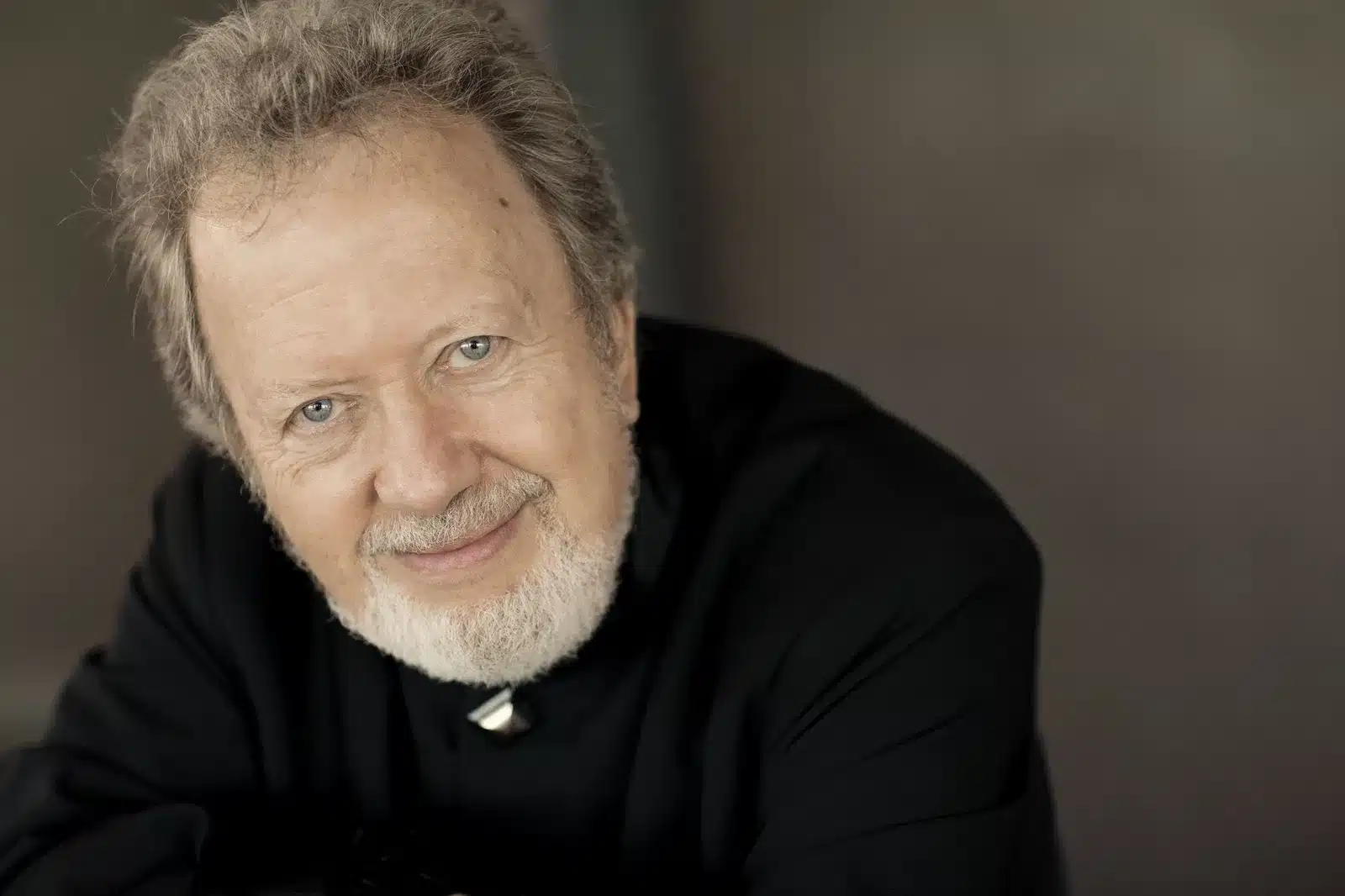
Comments